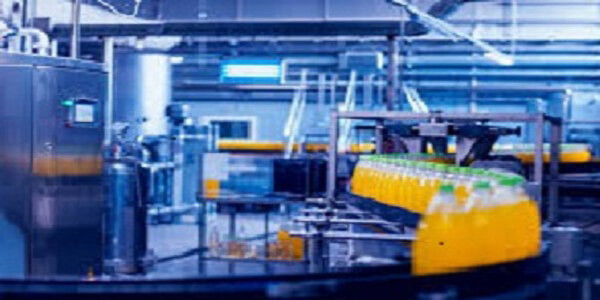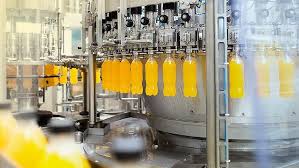
Nitrogen and oxygen are widely used in the food industry for preservation of quality of food and extend their life. Nitrogen is used for all types of packaging including HFFS (horizontal form-fill-seal) or VFFS (vertical form-fill-seal).
We manufacture nitrogen plants that can be used for onsite nitrogen production for following applications:
- Nitrogen inerting and blanketing
- Controlled atmosphere storage (CAS)
- Pest Control and grain fumigation
- Modified atmosphere packaging (MAP)
- Undercover gassing
- Nitrogen injection
- Sparging/stripping
- Purging
- Nitrogen flushing
- Aerosol propellant
- Beverage mixing / dispensing
Food
There are numerous challenges in the food industry to present high quality food to the demanding customers. Oxidation is the main reason for food spoilage and is responsible for bacterial growth. Nitrogen is used in food processing for dealing with problems posed by free oxygen. Nitrogen is used for flushing and keeping the air out of the packaging by injecting the inert gas into the packaging. It helps in preserving the texture, taste and integrity of the food while extending the shelf of the food.
Beverage
In the beverage industry, nitrogen is used in packaging of carbonated beverages, wine, beer, juice drinks, bottled water, tea, etc. It is injected into the container at a predetermined rate which will pressurize the container giving it rigidity. Nitrogen pressure is used in carbonated drinks to keep carbon dioxide in solution by occupying the container headspace adding value to the product.

Benefits of using our nitrogen generator
There are numerous benefits of using our high quality nitrogen generator for extending shelf life and maintaining texture, quality and taste. Various other advantages are given below:
- Bettering quality and shelf life of air-sensitive materials
- Boost exports to long distance markets
- To maintain and preserve freshness of packaged or bulk foods
- Eco conservation
- Eliminates volatile contaminants, improves efficiency
- Safe storage
- Delaying rancidity and other forms of oxidative damage
- Serving as an inert replacement for air where oxidation is undesirable
- Slow down the decay process
- Cost-effective improvement in product quality
- Prolong the shelf life of raw fresh and processed foods
- No degeneration of product during processing and storage
- Eliminate bugs and micro-organisms
